Bundle Marketing: Product Bundling Ideas for Businesses

Sales, profit, revenue – the 3 magic words for any business. And bundle marketing is a solid strategy for growing all of them! Many businesses don’t realize its effectiveness and leave it underutilized. For eCommerce stores or basic retails, product bundling can easily start new revenue streams and engage more customers.
Selling multiple products as a single product package generates better conversion and clears out your inventory at the same time. It also creates a high average order value and gives customers’ the satisfaction of claiming a good package deal.
In this blog, we’ll get into the details of its definition, types, examples, and a guide to creating product bundles that your customers want.
What is Product Bundling?
If you’ve ever had McDonald’s Happy Meal, you have experienced bundling without realizing. Combining several products and selling bundles at a discount is known as a bundle.
A hamburger happy meal at McDonald’s consists of a hamburger, skimmed milk, yogurt tube, apple slices (or mini fries). Ordering a hamburger happy meal for $6.29 only seems like a better deal than ordering each item separately.
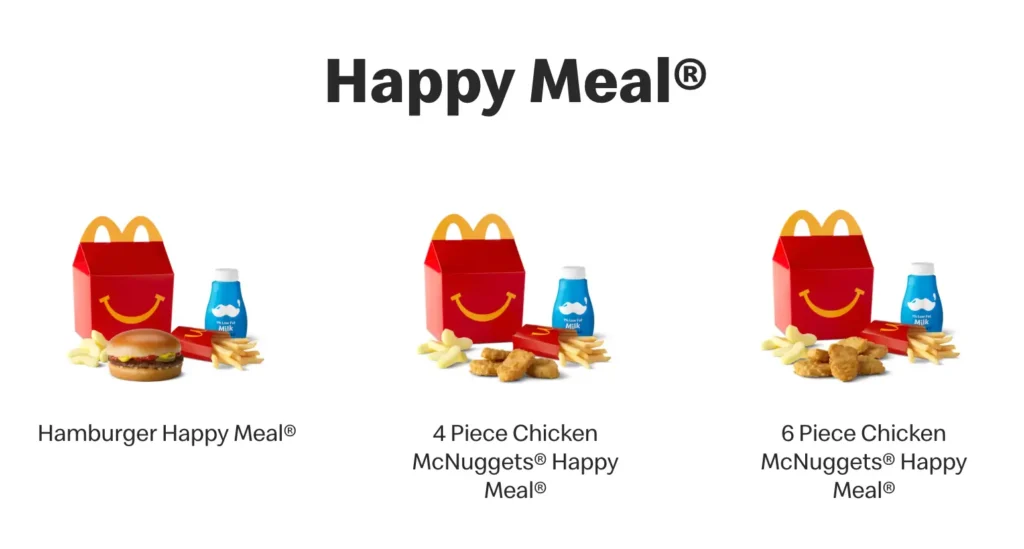
It’s a strategy that lures customers to often spend more and order in bulk. In comparison to buying single products, customers tend to feel more satisfaction when buying a discounted bundle.
Grouped Product vs Bundle Products
While you can “group” several products into a bundle, grouped products and a bundle are not the same thing.
For example, in WooCommerce, grouped products are related products on a single page and customers can add items individually to their cart or buy the product group altogether. On the other hand, a bundle is a set of products and you have to buy the combo at an offer price.
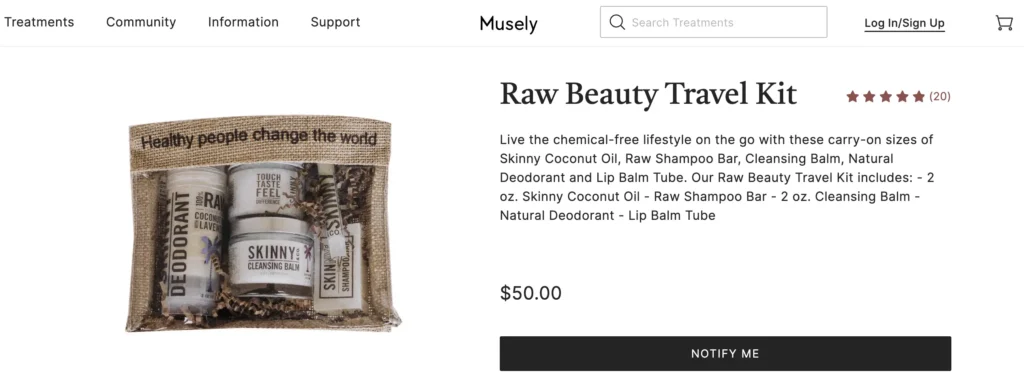
However, a mixed bundle type can allow purchasing one single product from a set. Depends on the seller.
What is an Example of a Bundle?
The most common example that we see in our everyday life is McDonald’s. As a food chain company, they’ve utilized bundling products effectively.
Here are some more product bundling examples from other industries.
Spotify: “Music & TV” package that includes Hulu specifically bundled for students.
Sephora: “Sephora Favourites” offers a curation of miniature versions of their top-selling products.
Hulu: “Bundle All Three” package with Disney+, ESPN, and Hulu.
Snowe: “Save with bundles” collection has sleep bundles, bathe bundles, eat bundles, and drink bundles.
Types of Product Bundles
In all forms, shapes, and sizes, bundle deals excite customers worldwide. It’s a unique and intriguing marketing trick to gain attraction. And it has some specific types.
Type | Example | Definition |
Mix & Match Bundle | Customers create own custom bundle with preferred product variations from a set category | |
Pure Bundle | Chosen products are only available in a bundle, not separately | |
Mixed Bundle | Individual purchase is allowed, but customers will be incentivized for buying the bundle | |
Cross-industry | Collaborative approach between 2 or more companies from different industries | |
Cross-sell | Selling a product related to another or a complimentary product | |
Upsell | Customers upgrade to a better product or get a bundle at a better per-item price |
Learn details below.
Mix and Match Bundling
This is all up to your customers. They can create their own custom bundle with preferred product variations from a category you set. You determine the number of items in a bundle that completes the package.
Example: A custom assortment of 4 pastries at a set price. Foodies can choose from 6 different flavours. Or “Build your own snack box” campaign which can include multiple different snack items.
Pure Bundling
In this model, some chosen products are only available in a bundle, not separately. Software industries execute this on the daily. Pure bundles are better for seasonal offers.
Example: A limited-edition gaming console bundle with exclusive accessories. It’s not sold out of the bundle.
Mixed Bundling
Purchasing a product individually is allowed in this model. But customers will be incentivized if they buy the bundle – with a discount, a coupon, or a free product. Mixed bundles are for convenience and savings.
Example: A shampoo and conditioner set or fast food combo meal at McDonald’s.
Cross-Industry Bundling
It’s a collaborative approach between 2 or more companies from different industries where all involved parties target to sell more.
Example: A gym offering yoga classes from a totally unrelated company.
Cross-Sell Bundling
Selling a product related to another or a complimentary product is cross-selling. This sort of bundle includes products from the same seller and sold as a bundle. Cross-selling enhances the main product experience.
Example: Buying a new phone will include a case, screen protector, and ear buds offered as a bundle.
Upsell Bundling
It’s a way of pushing premium or a high-cost product. Customers can “upgrade” to a better product or get a bundle at a better per-item price.
Example: Beauty retailers offering upgrades from a basic foundation to a “Pro Kit” with primer and setting spray for a special price.
Building a Successful Bundling Business Model
We experience bundling products in our everyday life. From online shopping to buying groceries from the nearest store, there’s always a bundle deal going on.
Note down some bundle marketing best practices.
The Right Bundle
First and foremost, you can’t bundle random products just to clear out your storage. It’s not a stock-clearance sale. A bundle should include products that are either related or compliment each other and offer a genuine value to your customers.
- Find out which products your customers are buying together often. If customers often buy moisturizer and sunscreen individually, you can present a bundle with said products.
- Check abandoned carts to analyze desired combinations. Customers’ carts have more clues about their preference than you know!
- Take a survey and ask customers what products they’d like to see bundled. Give them what they want.
- Carefully curate products according to bundle type. Bundling a water bottle with a pen won’t make sense.
- Keep seasons and trends in mind. An umbrella and rain boots bundle during winter is useless to local customers.
Bundle Pricing
Offering multiple products for sale as one combined product seems cost-saving to customers while you maintain a healthy profit margin. It’s commonly seen in the tech industry.
For example, Microsoft Office Suite offers Word, Excel, Outlook, and PowerPoint in a bundle at a discounted price.
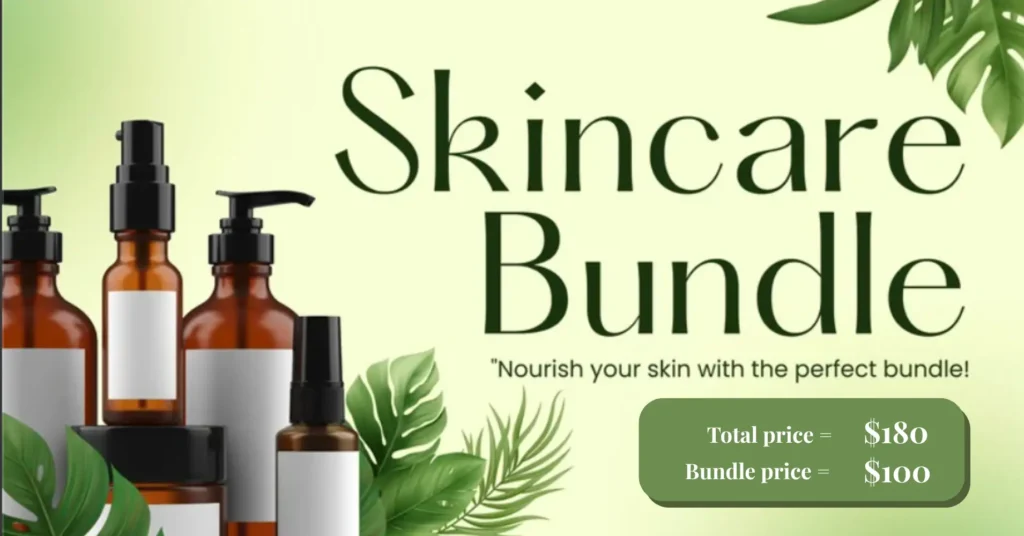
The combined price of the bundle appears less than the total of individual product prices.
- Show the total retail price of each item and offer a clear discount to show how much they’re saving.
- Tiered pricing model is the best practice here. You can set the price according to bundle size and appeal to different budgets.
- Avoid excessive discounts unless clearing the stock or launching new products.
The prices should be transparent with no hidden charges. If you cover shipping costs or offer free delivery, don’t forget to mention that.
Here’s an sample of bundle product discount offers.
| Product Bundle | Individual Price Total | Bundle Price | You Save | Visit |
|---|---|---|---|---|
| Laptop + Mouse | $1,050 | $950 | $100 | Details... |
| Laptop + Mouse + Keyboard | $1,200 | $1,000 | $200 | Details... |
| Laptop + Mouse + Keyboard + Monitor | $1,800 | $1,100 | $700 (!!!) | Details... |
| Laptop + Full Office Setup (All 4) | $2,200 | $1,200 | $1000 ⭐ | Details... |
| Laptop + Chair + Desk | $1,800 | $1,400 | $400 | Details... |
| Ultimate Productivity Pack (All) | $2,500 | $1,600 | $900 🔥 Best Value! | Details... |
Naming the Bundle
Naming can be tricky. It’s the primary intro to the bundle you’re about to sell. If it doesn’t convey the right message, it might not create the excitement you want.
- Name a bundle according to the value it offers. For instance, “Skincare Starter Pack” clearly states it includes all the products a beginner should need.
- Use seasonal or themed names for special occasions. For example, “Cupid’s Giftbox” for Valentine’s day or “Ghostly Goodies” for Halloween.
- Highlight exclusivity with the name – “Monsoon Makeovers” can mean it’s only available during monsoon season.
Custom Bundle System
A happy buyer is worth a lot! Keep your customers’ satisfaction in mind and let them build their own bundles for a personalized experience.
Bundling pioneer McDonald’s already exercises this with the “Build your own meal” offer.
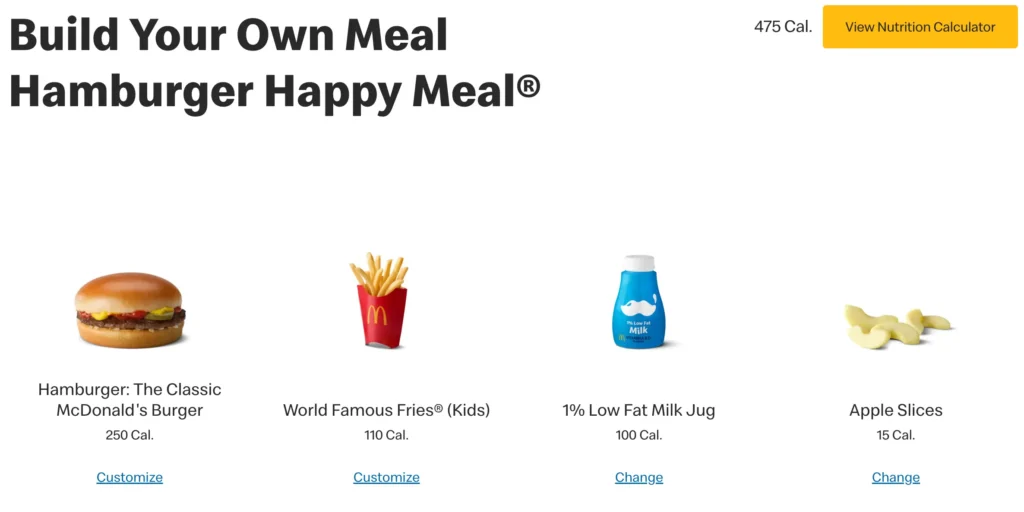
You can customize the food items with something else from McDonald’s preset stock- Changing the milk jug with plain water.
Bundle Sales Promotion
Without promotions and marketing, no business can sustain. You should promote your bundles just how you promote single products. Maybe promote the bundles even more for visibility!
- Feature the bundles on product pages, homepages, and landing pages
- Emails targeting different customer segments with relevant bundles
- Post on social media and use influencer marketing
- Limited-time promotion offers can create urgency
Monitor and Optimize
Keep track of how bundled products perform and optimize the offering based on performance data.
- Monitor conversion rates, AOV, and cart abandonment for bundled and single products
- A/B test bundle discounts
- Gather feedback from customer reviews and refine your offers
Get In touch with Ninja Tables
What are the Benefits of Bundles?
Customers see bundles as cost-effective and lucrative, while it’s an additional revenue stream for businesses. A true win-win!
- Encourages to buy more at one go, increasing average order value
- Customers discover new or complimentary products
- Low-selling products move from inventory reducing clutter
- Boosts products’ perceived value
- Ensures customer happiness and loyalty through convenient shopping
- Reduces customers’ decision fatigue
Wrapping Up
Your business will see a decent flow of revenue as soon as you introduce bundle marketing. It benefits your customers and your business at the same time, while you get to move your inventory and also ensure a happy customer.
Understand what your customer needs and provide the right bundle at the right time. It’s a great way to improve brand visibility and generate more sales- an all-in-one flavour with one scoop!
Start planning your bundles and let us know what changed.

Ninja Tables– Easiest Table Plugin in WordPress
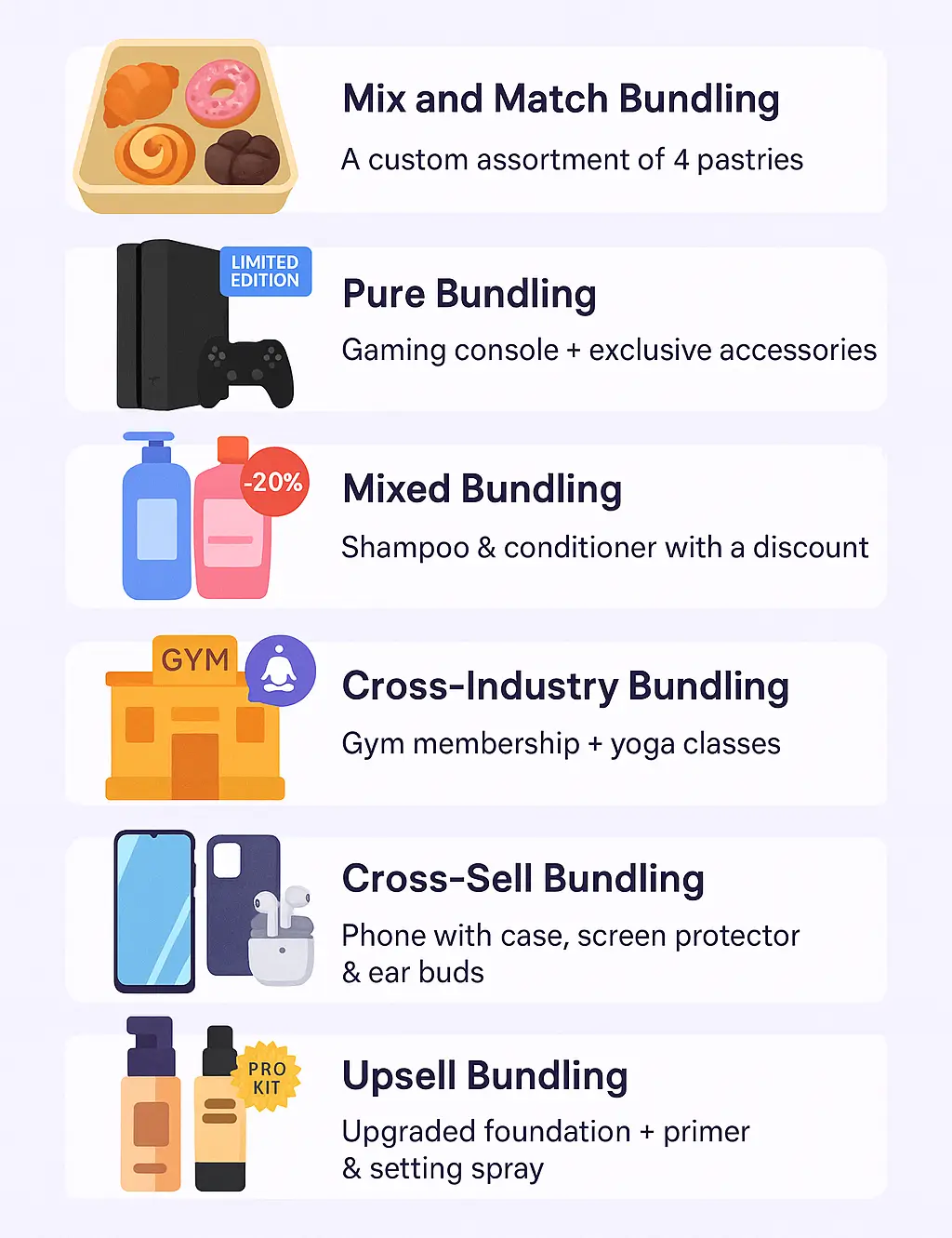
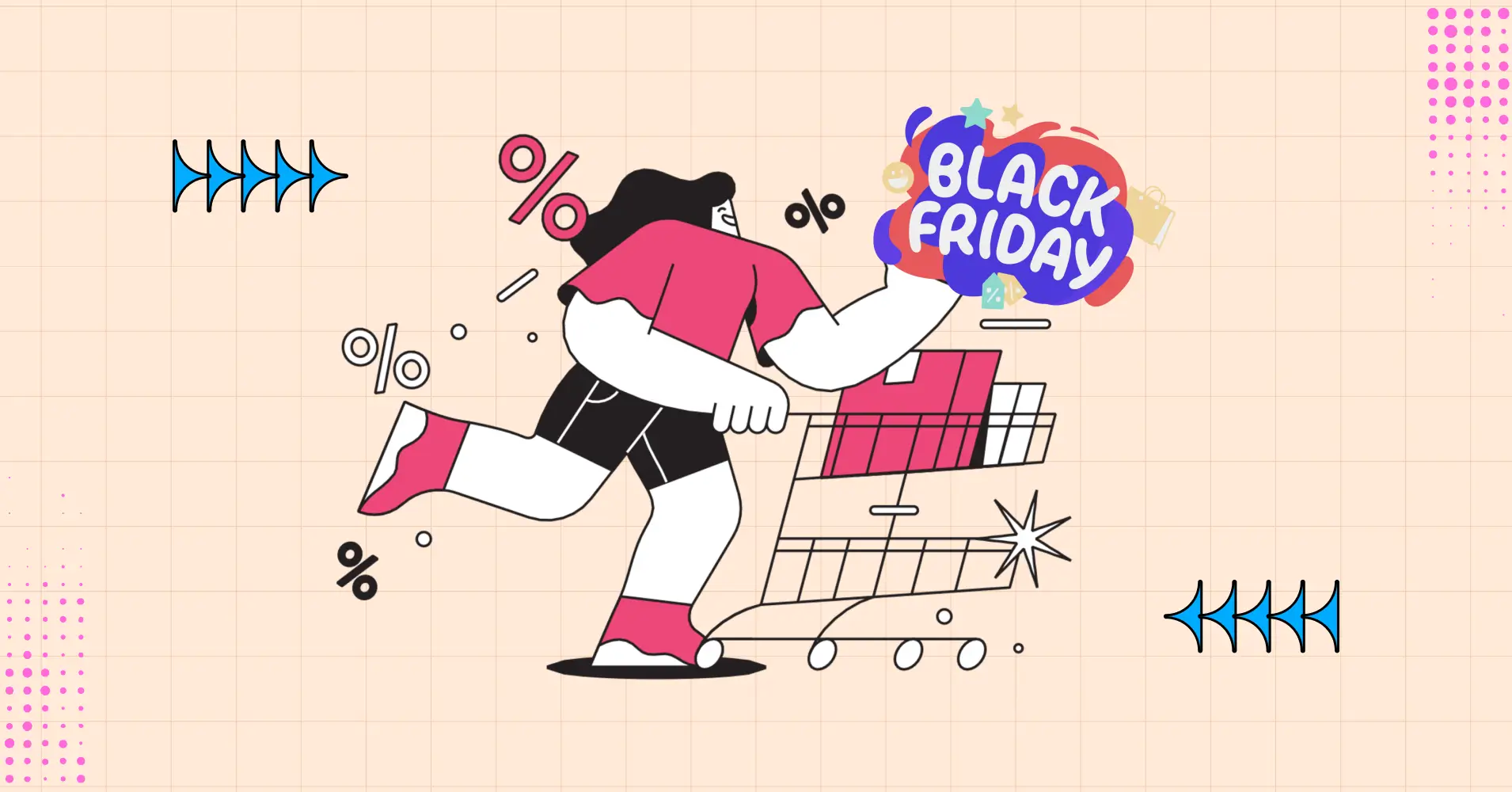
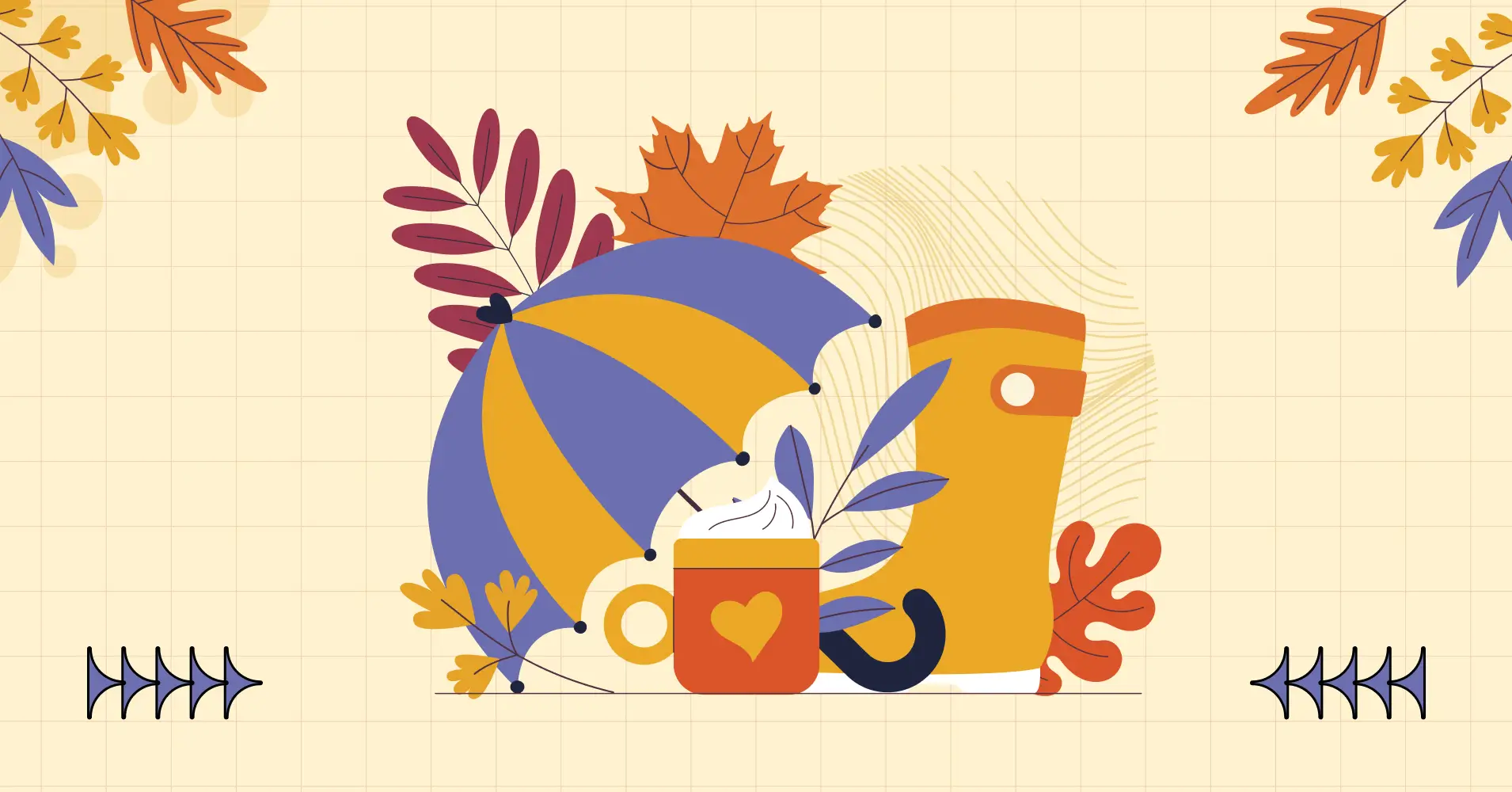

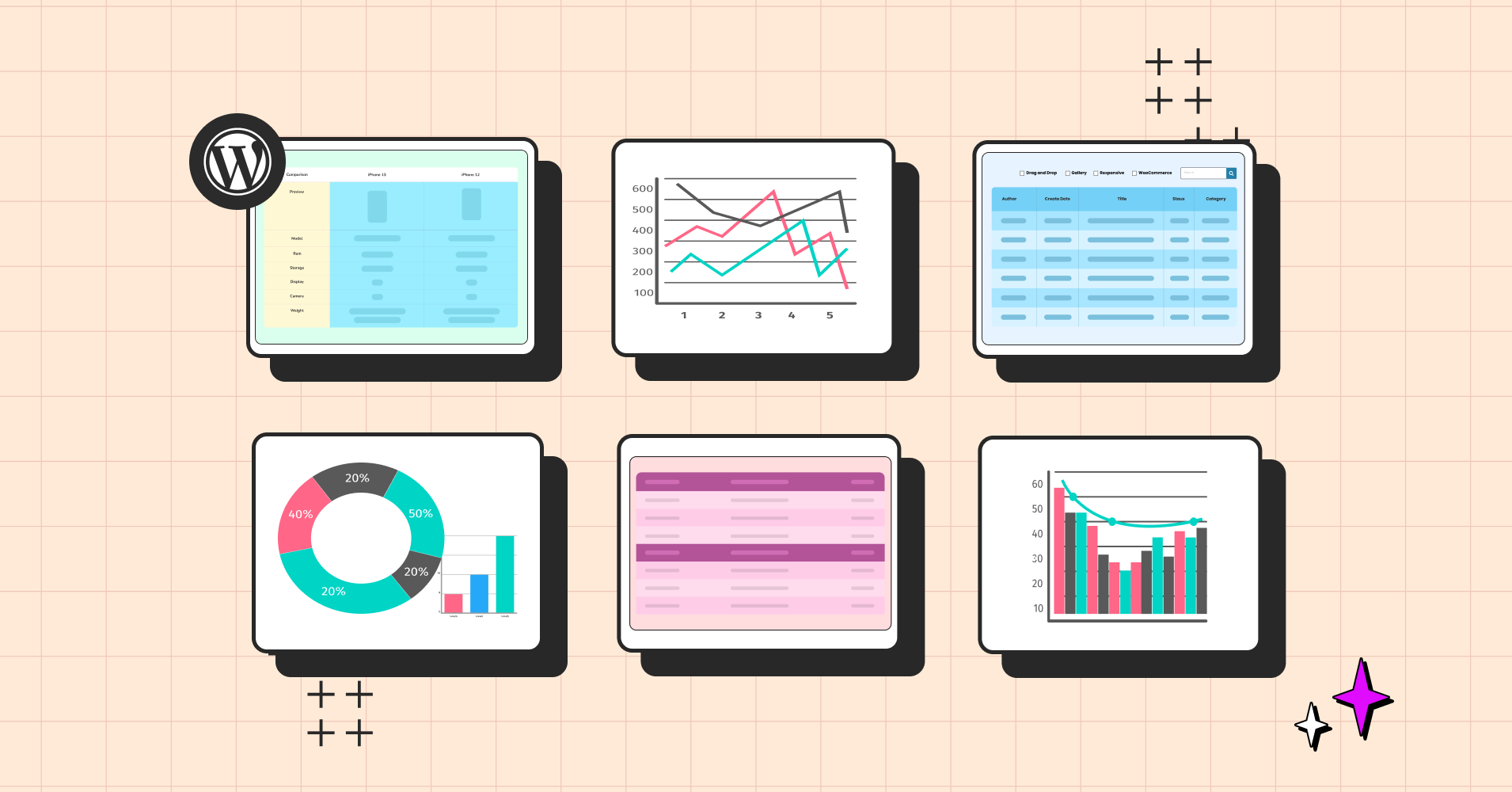
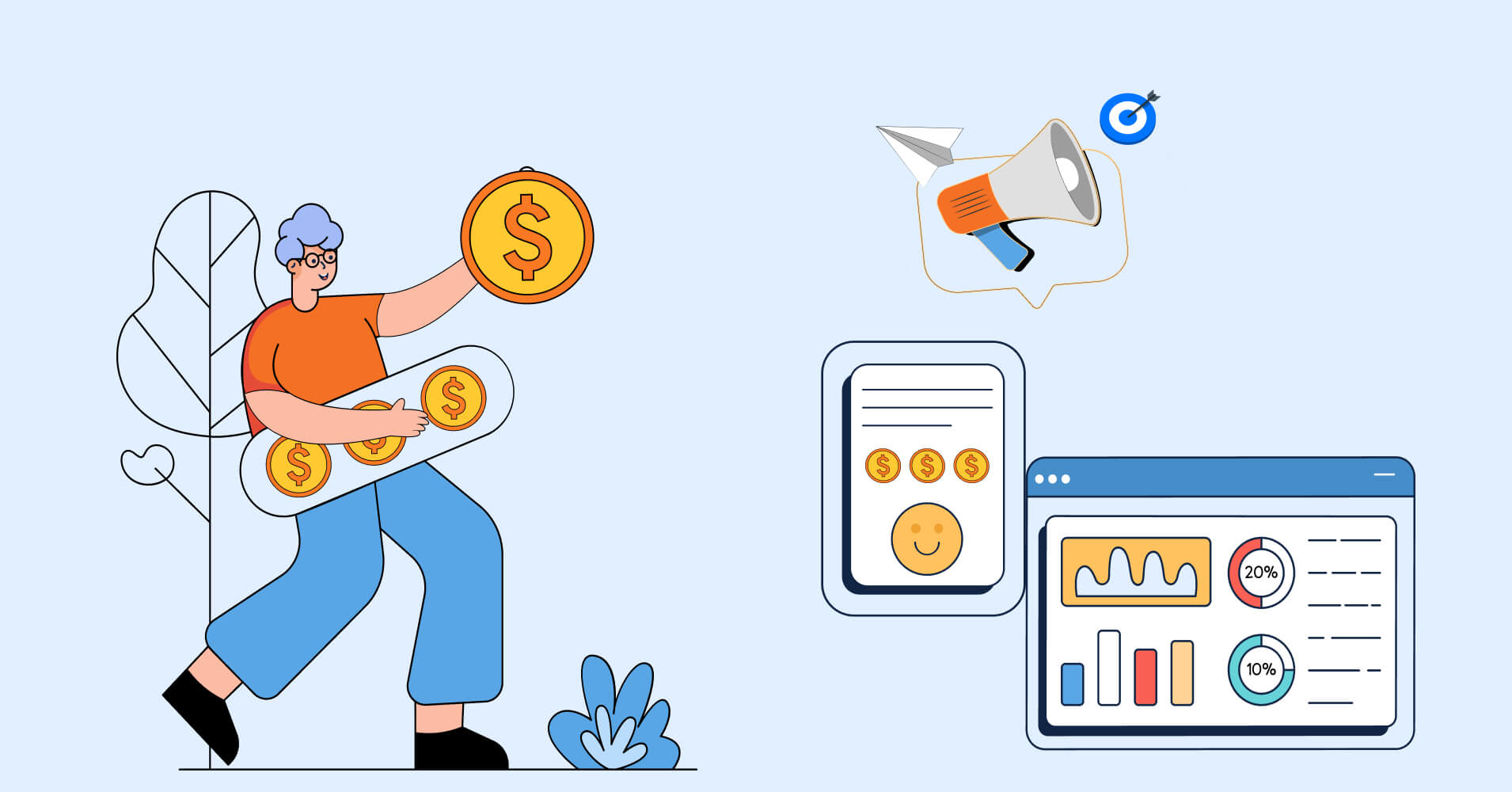
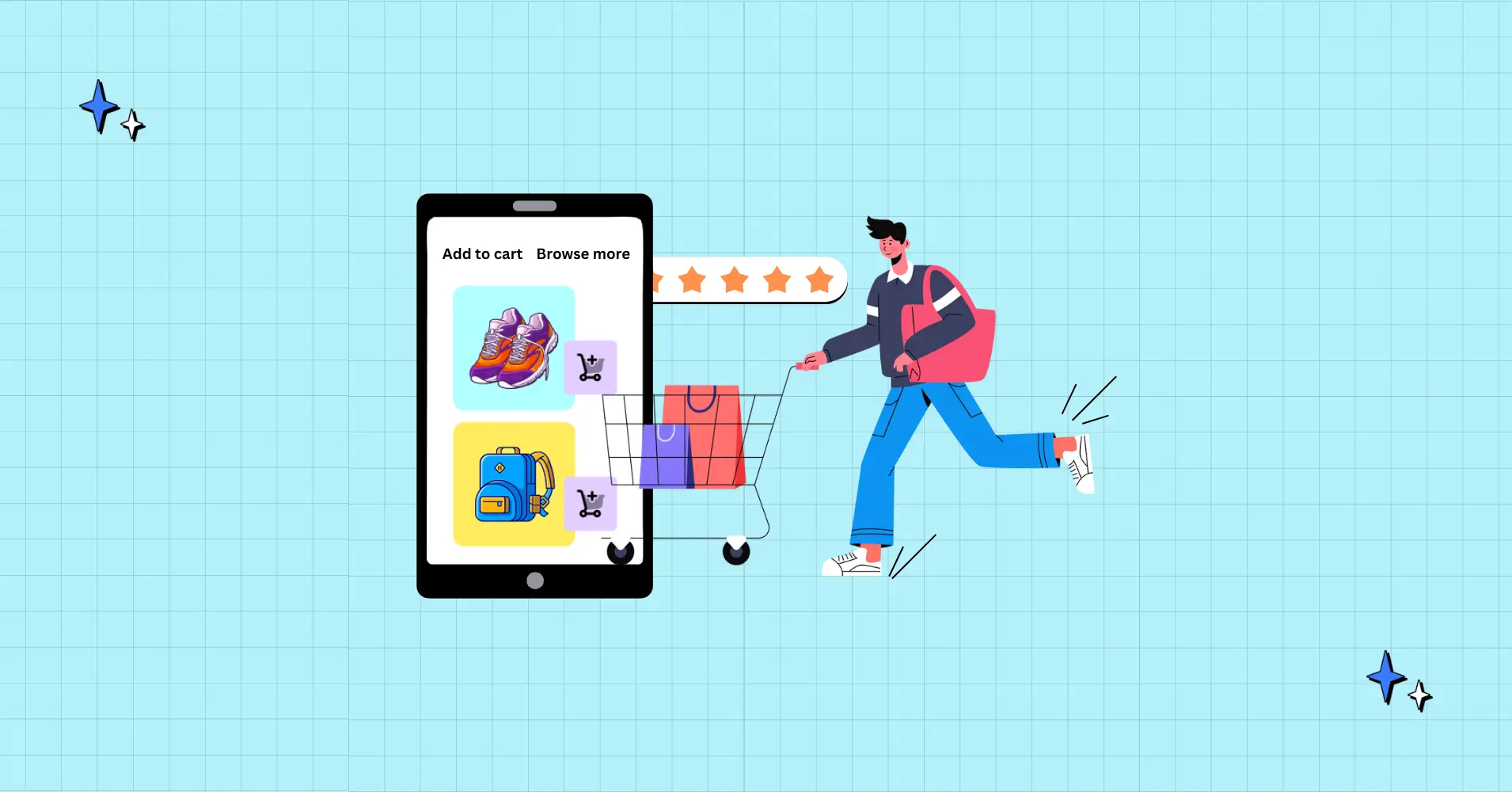
Add your first comment to this post